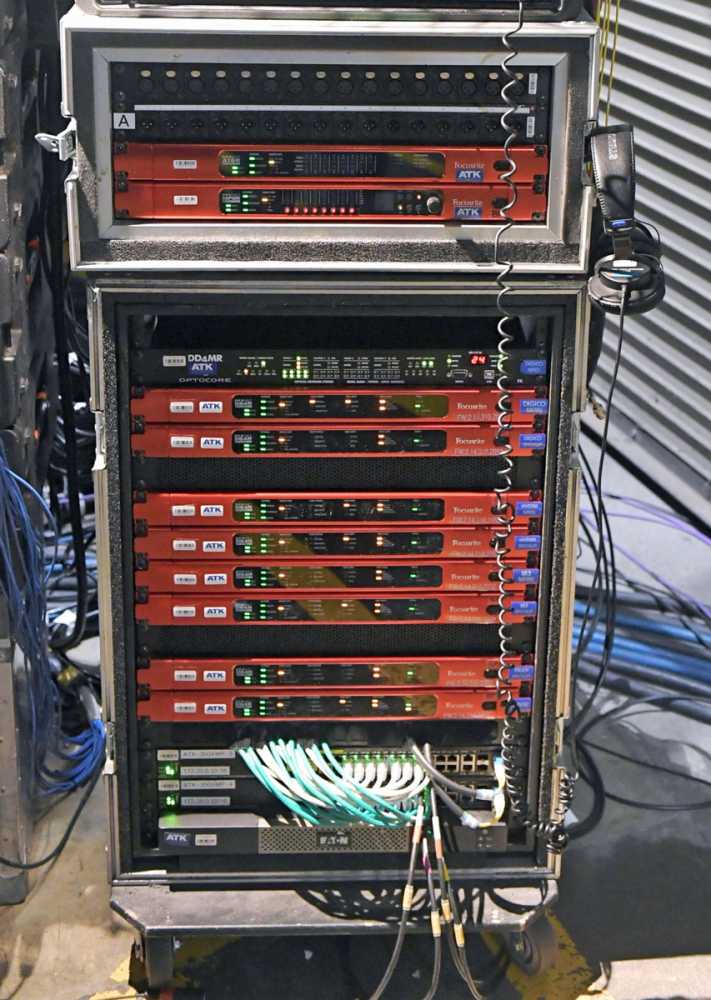Focusrite RedNet and Dante at the Grammys
- Details

The show was broadcast live from the Staples Centrein downtown Los Angeles on the CBS network on 26 January 2. Performers included Best New Artist nominees Lizzo; Billie Eilish; and Lil Nas X, as well as Tyler, the Creator; H.E.R.; Gary Clark Jr. with the Roots; and Demi Lovato, among many others.
The new AoIP transport scheme was designed to eliminate the complex and cumbersome signal-splitting system that has long been employed to feed signals from the show’s multiple stages to the two front-of-house and two stage monitor consoles, as well as the two music mixing consoles and the broadcast audio production desk in three remote trucks. In addition to the efficiencies afforded by digitally transporting dozens of microphone signals over fiber and making them available everywhere simultaneously, the new system design delivered a noticeable improvement in audio quality.
“The performance mics sounded a lot clearer to me, because they weren’t going through a splitter,” says Eric Schilling, one of two broadcast music mixers stationed in a pair of M3 (Music Mix Mobile) trucks parked outside the Staples Centre. “I didn’t feel like I had to ‘carve out’ as much as I do on a typical mic through a splitter, where it might be a little murky in the low end.” In fact, he says, “I found myself doing less processing on the vocals in terms of both low end and high end.”
“We knew we were going to get a better frequency response without all the spitting going on,” says longtime Grammy Awards audio coordinator Michael Abbott. “But it was substantially noticeable. Eric told me he wasn’t having to carve out a lot of the 100 to 300 cycles that he normally would on the RF microphones because of the degradation of the signal going through the splitters and into all the different consoles.”
Schilling reports that he worked on a show with a digital audio transport scheme several years ago and recommended that the show also adopt AoIP networking. Abbott, in collaboration with other engineers on the show and with Audinate, developer of the Dante protocol, designed a system incorporating Focusrite RedNet D64R MADI bridges to transport signals from the Sennheiser Digital 6000 and Shure Axient RF microphones supplied to the show and coordinated by Soundtronics to the mix engineers.
The eight RedNet D64R units delivered the primary and redundant Dante streams to the four mix locations via the respective DiGiCo, Lawo and Calrec console MADI interfaces.
(Jim Evans)
















